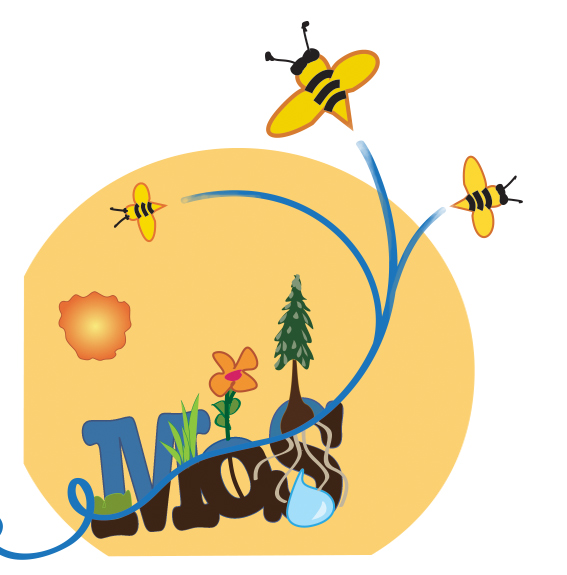
Wendy Brawer, of Green Map, offered me her place at the Biomimicry workshop since she couldn’t make it. Thanks! ofcourse! It was a lot of fun. Also the day before I and a few MoS participants were part of another visioning in Rockaway. I went an sat with 40 others for a basic overview of Biomimcry, then we went out in the drizzle to observe the student docks for Harbor School. They moved the barge which calmed the water around the boats. Our assignment was to break in to groups and offered suggestions based on the biomimicry overview.
We split in to 5 groups in the afternoon and we came up with solutions.
Presentations were fantastic for the short time we had. We had a few other competent artists at the table.

Anandi, MoS and Founder of Susty Q, was at our table and I sat next to Eve Mosher, artist, with whom I follow her work. Serendipity! Plus 3 other wonderful idea-people. Cas of Terrapin was facilitating our process. Other facilitators were core members of the Biomimicry NYC. Our group had the most organic biomimicric vision, I think. And yet the lease professional of presentations. The presentations of the others were more refined and “professional”.
Most groups had organized presenters and topic talkers. Eve was brave enough to be our spokes person. She drew the “Frog Eggs”. Our group had a great collective idea (Cas said he preferred it to the others) and the others I thought were impressive. We were Group 2, we called our plan The Harbor Phyto Myco Mollusk Morph (HPMMM the P is silent). This is a name MoS Collective had just come up with regarding a bioremediation program.
The Hpmmm design, comprised of many little floating dock like eve’s frog eggs and the floating homes on lake Titicaca. They take up the whole space yet also can move to clump up in one corner creating more stability and larger work space.
The floating islands hold the oysters cages attached securely to the bottom of the islands. The islands are tethered to each other, They move around to allow light in and not interrupt the possibility for the grasses to grow back. People are not permitted to shade any of the harbor floor so grasses come back.
When the islands’ oyster cages are full of grown ready-to-go “oyster bioremediation machines” they are moved out to new harbor locations. That island now has space to start a new oyster garden. The islands do not get too heavy or start to attach themselves to the sea floor.
They are little floating islands which are tied together with long leashes. When leashes are pulled tightly large working boats can pull in or out. The intent is to fill the space with marsh plants, small canals and passages to mimic the natural landscape as much as possible yet still do research and dock boats.
The inspiration came from a sketch of frog eggs in the space and a group member who showed us Lake Titicaca floating dwellings made with layers of natural materials, mixes of organic living plants and organisms. The islands could be made hard mushroom, Ecovative, material or bamboo.
There is a raised scrim above the sea floor which allows light though yet also allows plants to build up layers, tangling with the seaweed and other life that can accumulate. The scrim would also be a place for the oysters to take hold or the tendrils of the floating islands to adhere thus stabilizing the islands better.
This breakwater grows and builds over time. The older island are more stable. Islands keep a tight grip on the main dock. The inside islands are more mobile.
Eventually the islands grow more connected to the floor — their underbellies full of of sea debris and reaching tendrils. Over time the existing pier can be taken apart and exist in 4 sections to allow more circulation of water life. The dock becomes an island as well and still very stable. The islands have varying growing methods and living elements growing at different speeds. The students and teachers of the Harbor School will be able to experiment on materials that make the islands more resilient and the students a fun bio-diverse space in which to be inspired students.













